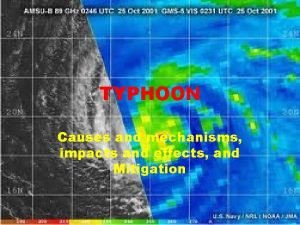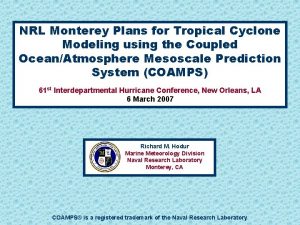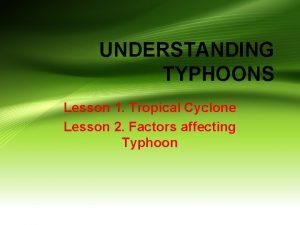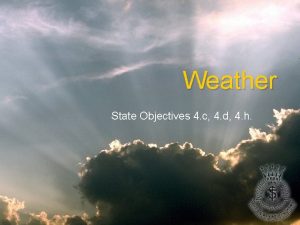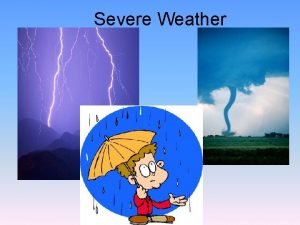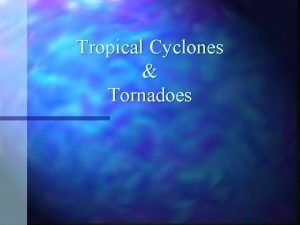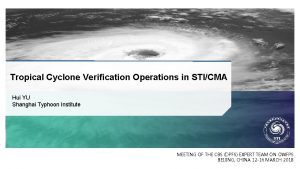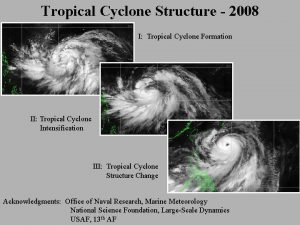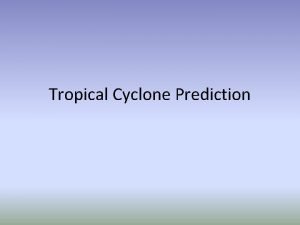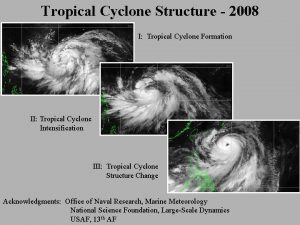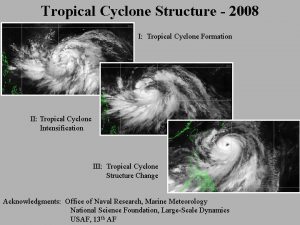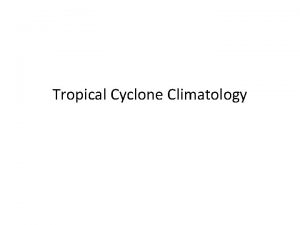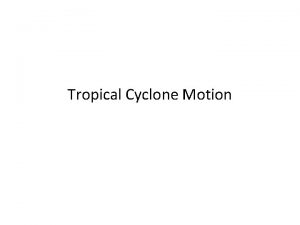GDPFS and Tropical Cyclone Programme 14 March 2016








- Slides: 8

GDPFS and Tropical Cyclone Programme 14 March 2016 Taoyong PENG (Ph. D. ) C/TCP, WMO +41 22 7308145 (O), TPeng@wmo. int

TCP Primary Objective To assist its Members to establish the national and regionally coordinated early warning systems to ensure that the loss of life and damage caused by tropical cyclones are reduced to a minimum. 2

TCP Long-term Goals • To strengthen the capabilities of WMO Members to provide reliable and timely forecasts of tropical cyclone tracks and intensities, and related forecasts of strong winds, heavy rainfall, and storm surges, covering all tropical cyclone-prone areas; • To promote the establishment of national disaster risk management and reduction mechanism of the Members with regard to tropical cyclones with multi-hazard configuration. 3

TCP Implementation Strategies • TCP is effected on both national and regional levels through cooperative action. • It covers activities of Members, WMO regional associations, other international and regional bodies and the WMO Secretariat. • Its activities are implemented mainly through two components; the General Component and the Regional Component. 4

RSMCs/TCWCs & TC Regional Bodies 5

Operational Forecasting Decision Procedure Forecasting Techniques Key part Forecasting Formulation Official Forecasting GDPFS Forecasting Guidances 6

Challenges • Intensity forecast still a serious challenge, although track forecast has been improved dramatically; • Rapid changes of TC movement (speed and direction), particularly during landfall; • Forecast of rainfall/flooding (remotely) asscoiated with TCs (e. g. QPE/QPF). 7

Thank you 8
